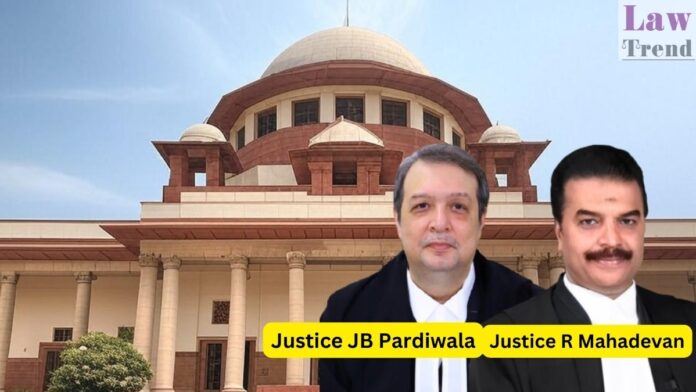In a significant ruling, the Supreme Court of India, in Civil Appeal No. 7706 of 2025 (arising out of Special Leave Petition (C) No. 1536 of 2015), addressed the critical legal issue of abatement of appeals due to the non-substitution of legal heirs, particularly focusing on the interplay between Order XXII Rule 4 and Rule
To Read More Please Subscribe to VIP Membership for Unlimited Access to All the Articles, Download Available Copies of Judgments/Order, Acess to Central/State Bare Acts, Advertisement Free Content, Access to More than 4000 Legal Drafts( Readymade Editable Formats of Suits, Petitions, Writs, Legal Notices, Divorce Petitions, 138 Notices, Bail Applications etc.) in Hindi and English.




